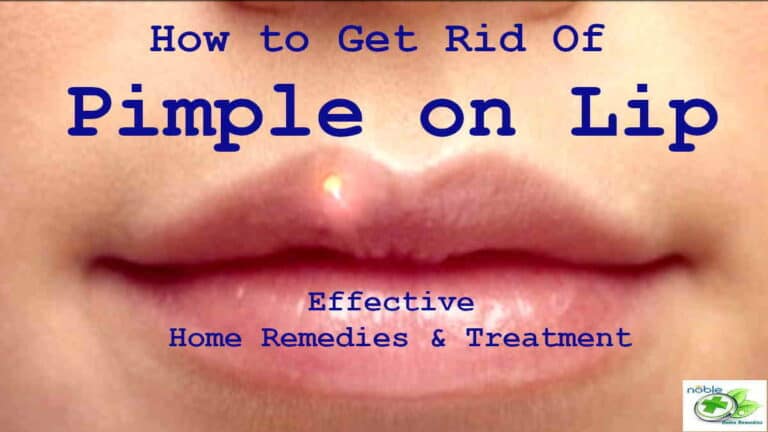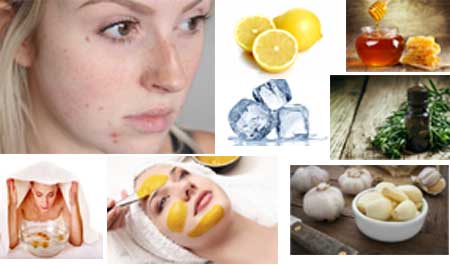

How to take care of genital pimplesĭon’t try to pop genital pimples. An environment with irritation and trapped moisture creates prime conditions for developing pimples. Underwear made of synthetic materials can also trap moisture and sweat against your skin, especially if it is too tight. If you shave, it is easy for these hairs to become ingrown or irritated.
/vaginal-pimples-overview-4685090-3cb4e6da9bee4f36810d56167af45f1f.png)
In the genital area, there are coarse hairs. Pimples occur when a hair follicle gets blocked due to excessive oil production from the sebaceous glands and becomes swollen and inflamed. Small pink bumps on the skin that are inflamed and tender. Pus is formed from white blood cells and is a sign of inflammation. Whiteheads are not inflamed the white center is not pus, but a collection of dead skin cells and oil. Hair follicles plugged with sebum with a white bump in the center. The oil and dead skin cells turn dark when they touch the air. C logged pores that open at the surface of the skin. They can look like tiny red bumps, large painful cysts, or anything in between. Types of genital pimplesĪny type of pimple on your face can appear on your genitals. If they are inside, they may be more likely to be other lesions. Pimples can happen in the vagina - on the inside part of the genitals too. Though most people would call the type of acne on the female genitals “vaginal pimples,” they usually refer to pimples on the vulva, the part of the female genitals on the outside of your body.

It is common to get pimples on the oily skin of your face and less common in other locations, but no area on your body is immune to them. Pimples can form anywhere that you have skin and oil-secreting glands - also called sebaceous glands. Be aware of your body and consult your doctor if you are unsure what kind of bumps you have. Other, more serious conditions can look similar to genital acne.


 0 kommentar(er)
0 kommentar(er)
